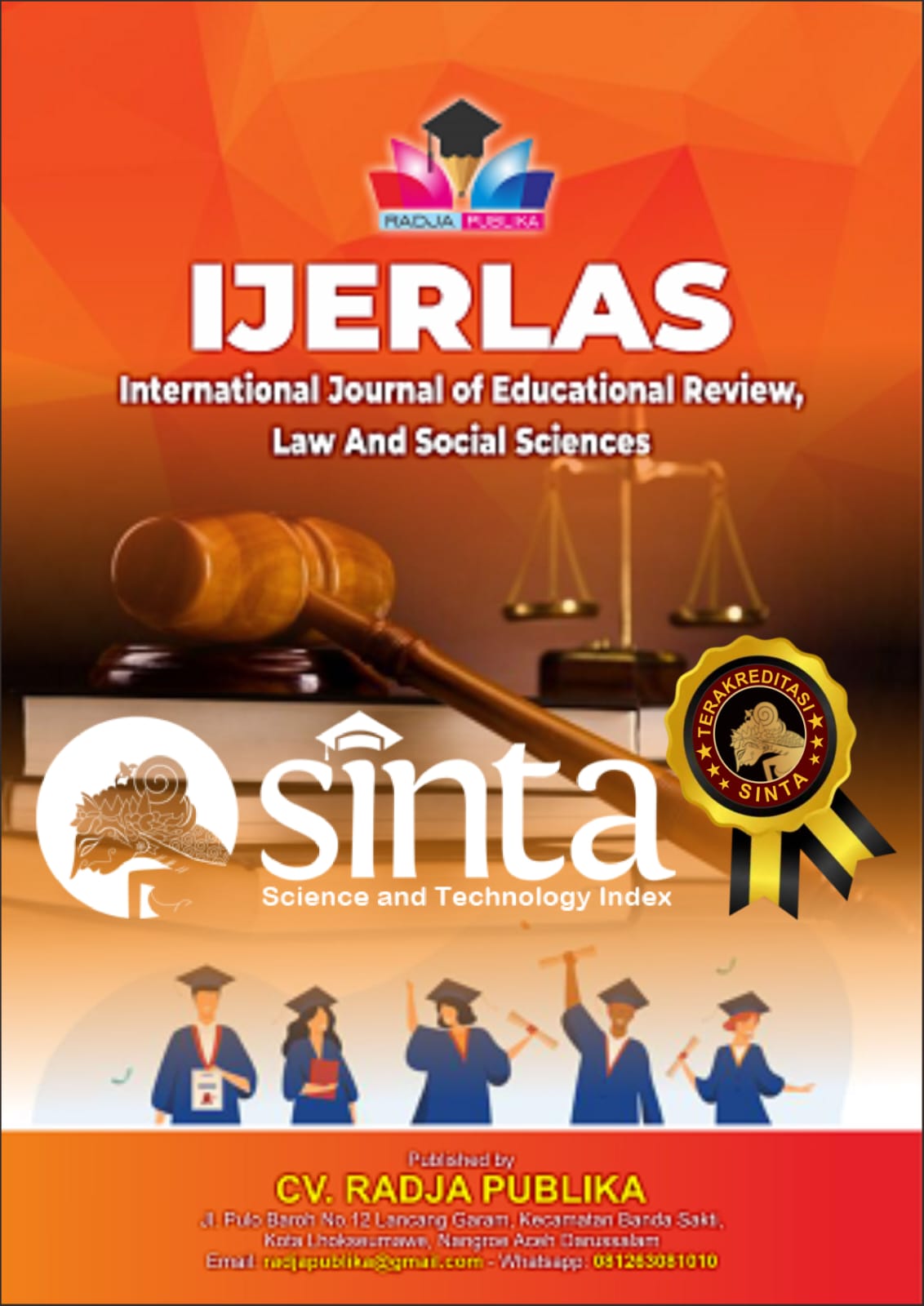THE IMPACT OF WORK STRESS AND WORK MOTIVATION ON JOB SATISFACTION AND ITS IMPLICATIONS ON NURSES' PERFORMANCE
Main Article Content
Sisilia Sudargo
Soegeng Wahyoedi
The quality of healthcare services is one of the key factors in the success of health systems across countries. The professionalism of nurses in hospitals plays a crucial role in the delivery of healthcare services. Hospitals are often high-pressure work environments that require nurses to operate in dynamic and uncertain conditions. In such challenging settings, numerous factors affect nurse performance, one of which is job stress. Job stress refers to a pattern of emotional conditions that arise in response to demands from within or outside the organization. This study aims to analyze the influence of job stress and work motivation on job satisfaction, and their implications for nurse performance. The sampling method used in this study is probability sampling. The total population at Sumber Waras Hospital consists of 241 nurses, including 42 outpatient nurses, 69 inpatient nurses, 22 dialysis nurses, 33 operating room nurses, 55 intensive care nurses, and 20 emergency nurses. Therefore, the sample used in this study comprises 69 inpatient nurses. The results of the study indicate that job stress has a significant effect on job satisfaction, meaning that higher levels of job stress tend to decrease job satisfaction. Work motivation significantly affects job satisfaction, indicating that higher motivation among inpatient nurses increases their job satisfaction. Furthermore, job satisfaction has a significant influence on nurse performance, showing that nurses who are satisfied with their jobs tend to perform better.
AHRQ. 2016. 2015 National Healthcare Quality and Disparities Report and 5th Anniversary Update on the National Quality Strategy. Ahrq.
Alderfer, Clayton P. 2004. An Empirical Test of a New Theory of Human Needs; Organizational Behavior and Human Performance. Vol. 4. (Issue.2), page 142-175.
Amiruddin. 2019. Pengaruh Etos Kerja, Disiplin dan Motivasi Terhadap Kinerja Pegawai Pada Dinas Perindustrian Dan Perdagangan Kabupaten Biak Numfor. Jakarta: Penerbit Qiara Media.
Ardian, H. (2019). Hubungan Antara Stres Kerja Dengan Kelelahan Kerja Pada Perawat Di Rumah Sakit Umum Daerah (RSUD) Deli Serdang Lubuk Pakam. Jurnal Penelitian Keperawatan Medik, 1(2), 16-21. https://doi.org/10.36656/jpkm.vli2.95.
Bahri, S., & Zamzam, F. 2015. Model Penelitian Kuantitatif Berbasis SEM-Amos, Yogyakarta: Deepublish.
Bakhtiar. 2013. Filsafat ilmu. Edisi. I. Jakarta: Rajawali Pers
Baron, R.A. & Greenberg, J. 2000. Behaviour in organizations. (7th ed.). New Jersey: Prentice Hall.
Cahyono. Appreciative Inquiry Coaching untuk Menurunkan Stres Kerja. Gadjah Mada J Prof Psychol [Internet].2015;1(2):89–107. Available from: http://docplayer.info/40703475-Appreciative-inquiry-coaching-untuk-menurunkan- stres-kerja.html
Conte, J.M. & Landy, F.J., 2013. Work in the 21st Century: An Introduction to Industrial and Organizational Psychology Fourth Edition. USA: Wiley.
DepKes. (2001). Standar Asuhan Keperawatan. Direktorat RSU & Pendidikan Direktorat Jendral Pelayanan Medik, Jakarta.
Edelwich, J., & Brodsky, A. 1980. Burn-out: Stages of disillusionment in the helping professions (Vol. 1). New York: Human Sciences Press.
Ellis, J.R. & Hartley, C.L. 2000. Managing and colaborating nursing care. (3rd).
Foster, B & Seeker Kareen, R. (2001). Pembinaan Untuk Meningkatkan Kinerja Karyawan. PPM, Jakarta
Ghozali, I. (2016). Partial Least Squares: Konsep, Teknik dan Aplikasi SmartPLS 3.0. Semarang: Badan Penerbit Universitas Diponegoro.
Ghozali, I., & Latan, H. (2012). Partial Least Squares: Konsep, Teknik dan Aplikasi SmartPLS 2.0 M3. Semarang: Badan Penerbit Universitas Diponegoro.
Hadi, I. 2017. Buku Ajar Manajemen Keselamatan Pasien. Yogyakarta: Deepublish Publisher.
Hair, J. F., Black, W. C., Babin, B. J., Anderson, R. E., & Tatham, R. L. 2016. Multivariate Data Analysis, (6thed.). New Jersey: Pearson Education Ltd.
Hair, J. F., Hult, G. T. M., Ringle, C. M., & Sarstedt, M. (2014). A Primer on Partial Least Squares Structural Equation Modeling (PLS-SEM). Thousand Oaks: SAGE Publications.
Hamid Achir Yani, S (2001). Peran PPNI Dalam Pemantapan Keperwatan. RSUD Dokter Soebandi Jember. Jakarta. Jakarta: Erlangga.
Kuncoro, Mudrajad. (2013). Metode Riset Untuk Bisnis dan Ekonomi. Edisi 4.
Muchinsky, Paul M. 1993. Psychology Applied to Work, (Fourth Edition), Brooks/ Cole Publishing Company, New York.
Notoatmodjo, S. 2009. Manajemen sumber daya manusia. Jakarta: PT Rineka Cipta.
Nursalam & Pariani. (2001). Metodologi Riset Keperawatan. CV Sagung Seto.
Siregar, S. 2013. Metode Penelitian Kuantitatif. Jakarta: PT Fajar. Interpratama Mandiri.
Sugiono, Putro, W.W., & Sari, S.I.K. 2018. Ergonomi untuk Pemula: (Prinsip Dasar & Aplikasinya). Malang: UB Press
Supranto, J., & Limakrisna, N. 2013. Petunjuk Praktis Penelitian Ilmiah Untuk Menyusun Skripsi, Tesis dan Disertasi. Jakarta: Mitra Wacana Media.
Tjandra Yoga Aditama. Manajemen Administrasi Reumah Sakit. Edisi 2 Jakarta Penerbit UI(UI-Press), 2003
USA: Lippincott Williams & Wilkins.




























